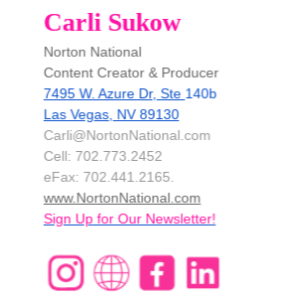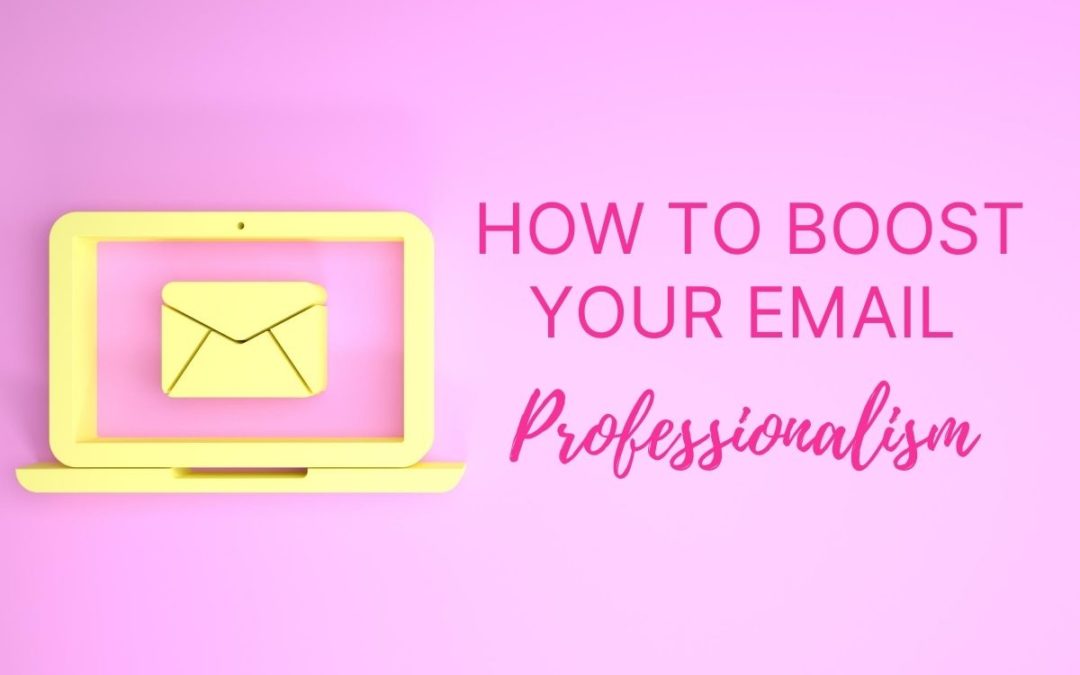Writing is hard. Writing professionally can be even harder. What to say, how to say it, and when to say it, are all ideas that should be running through your mind when writing an email. Are you feeling lost on how to amp up your professionalism in your email? Check these tips out.
Have a Short and Appropriate Email Address
I understand, crazycheesehead123456@hotmail.com, was funny when we were 14 years old and signing up for our first email. News flash! Not funny anymore. In a professional setting, having an email address that is short, sweet, and to the point is the key. Oftentimes, using a variation of your name (unless your name is John Smith) will work perfectly for the address. Cutesy names, sports teams, your dog’s name and birthday, etc. are going to have the recipients of your emails scratching their heads and wondering who is popping up in their inbox.
Make Sure Your Display Name is Correct
Going along with the first point, your display name should be your actual name! Let’s use my buddy Maddy as an example. If I receive an email from maddy@nortonnational.com, but the display name is Big Mama Masks42, do I respond, “Hi Maddy” or “Hi Big Mama”? See where I’m going with this? Don’t make life more confusing than need be.

Create Smart Subject Line
Second to the email address, the subject line will be the next attention-getter when someone opens their email. Stumped on how to be short and catchy? Let me help.
- Try and put the most important words first
- “Just a reminder to everyone: fire drill on Tuesday” (ehhh)
- “Fire Drill Rescheduled for Tuesday” (better)
- Try and eliminate the “filler words”
- “It was so nice to meet you yesterday, Maddy!” (ehhh)
- “Nice to meet you, Maddy!” (better)
- Try and use words that are easy to search later on
- “Interested in our Upcoming Webinar? – Register Today!” (ehhh)
- “Mastering the Staffing World Webinar – Register Today!” (better)
What’s the Next Step?
If a call to action is necessary, try and include that in your email. This could be your reader calling a certain number, clicking on a specific link, or replying to your email by a certain deadline. The more clear the information is, the better and more efficient the response will be, saving you both time! And time is money, baby.
Profread!
See what I did there? So punny. For real though, proofreading is extremely important and is often used to judge whether you are paying attention and care about what you are writing. There are even extensions that you can install into the browser that will catch all of your mistakes for you. Remember the reader shouldn’t be deciphering what you’re trying to say in an email, so taking the extra 30 seconds to take a look back through before sending.
Side note: if you don’t know the difference between their, there, and they’re, please grab a dictionary.
Use Appropriate Timing
Timing is a hard thing in life, not just in emails. There are two parts to email timing that are important: how long is too long to wait to respond? And what time of day are you sending your email at? Emails that require a follow up should not sit in your inbox any longer than 24 hours without a reply, and if they don’t require one, file that sucker away so your inbox stays clean! Responding too early in the morning or too late at night can also be considered unprofessional. If you are trying to keep the correspondence professional, respond during the typical “professional hours”, typically 9:00 am – 5:00 pm.
Using a Signature
Your signature should be a short, sweet, and creative way to end your emails. This is an easy setting to add on to your email so signatures will automatically save, saving you time. Including your full name, your job title, and phone number/contact information will be important here. This gives the reader a one-stop-shop to all the important information about you.

Overwhelmed? Don’t stress. Implement these quick tips and tricks into your email world and you’ll be professional AF in no time.



Recent Comments